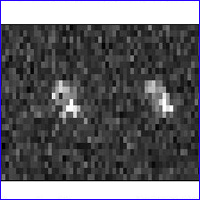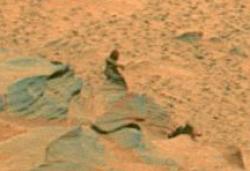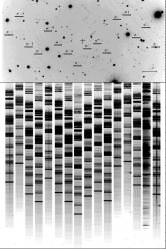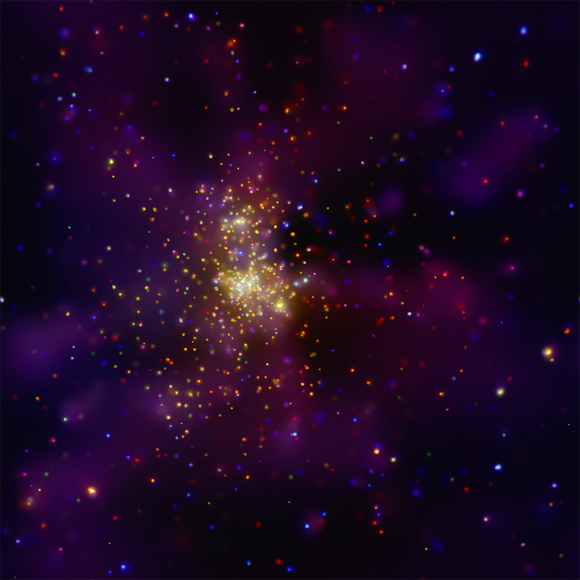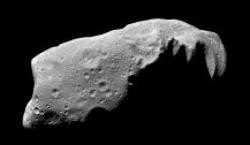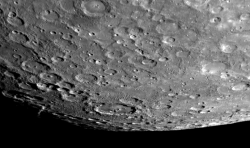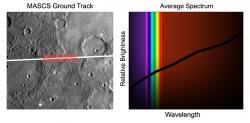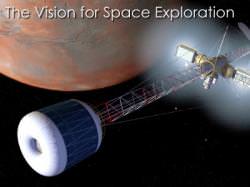Have humans changed our planet Earth so much in the past 200 years that we are now living in a new geological age? A group of geologists believes this is the case. They have formally proposed designating a new geologic epoch, the Anthropocene, which would encompass the past 200 years or so of geologic history. The action is appropriate, they say, because during the past 2 centuries, human activity has caused most of the major changes in Earth’s topography and climate.
Like rings in a tree, each layer in Earth’s geologic record reflects the conditions of the time it was deposited and offers a glimpse into Earth’s past. In this geologic history that is written in the rocks and soil of our planet, researchers have differentiated the layers into classifications of time called eons, eras, periods, epochs, and ages that reflect characteristic conditions. For example, the Carboniferous period, which lasted from 360 million to 300 million years ago, is known for the vast deposits of coal that formed from jungles and swamps. Even some of the longer stretches have been named based on biology, such as the Paleozoic (“old life”) and the Cenozoic (“recent life”).
Earth has been has always been subject to the same kinds of physical forces–wind, waves, sunlight–throughout the planet’s existence. But the life that has arisen on the planet has had a much more varied impact such as the rise of plants that has shaped the planet in dramatic ways. But in the past 200 years, ever since the human population has reached 1 billion, our influences have affected the composition of Earth’s strata, altering the physical and chemical nature of ocean sediments, ice cores and surface deposits. Some of these influences are the use of fossil fuels and the growth of large cities.
British Geologist Jan Zalasiewicz and several colleagues argue that the International Commission on Stratigraphy should officially mark the end of the current epoch. That would be the Holocene (“entirely recent”), which started after the end of the last ice age, about 10,000 years ago. The new epoch would be the Anthropocene.
The evidence the geologists cite include the dramatic increase in lead concentration in the soil and water since about 1800 and the increase of carbon dioxide in the atmosphere. They claim that human processes now vastly outpace the equivalent natural forces. “A reasonable case can be made for the Anthropocene as a valid formal unit,” Zalasiewicz says.
The argument has merit, says American geologist Richard Alley. “In land, water, air, ice, and ecosystems, the human impact is clear, large, and growing,” he says. “A geologist from the far distant future almost surely would draw a new line, and begin using a new name, where and when our impacts show up.”
Original News Source: AAAS ScienceNow


